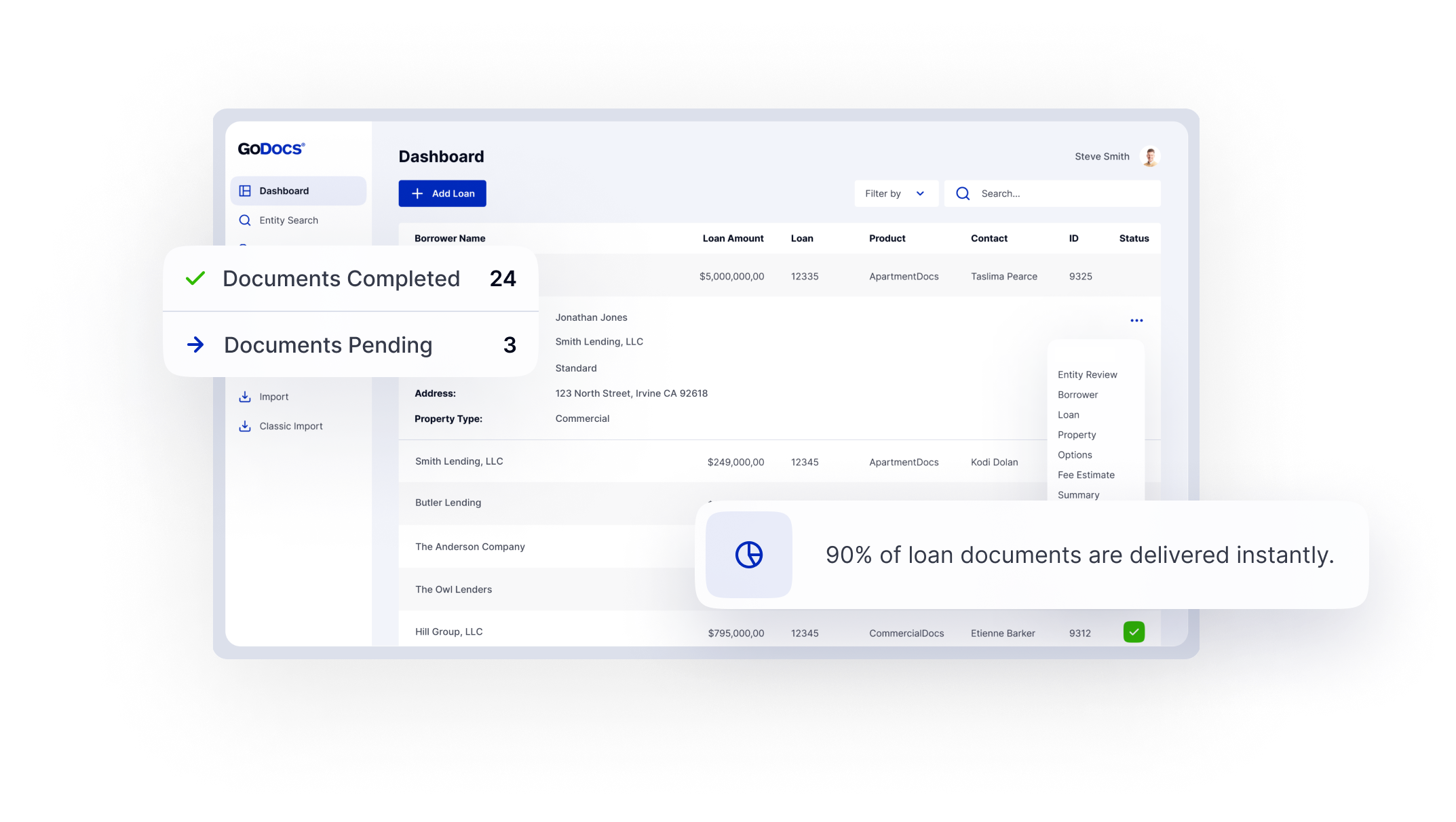When the market softens, lenders who come out on top are not the ones who react fastest. They are the ones who are already doing the work.
I saw it firsthand during the Great Recession. While big national players struggled to regain their footing, one smaller regional lender stood out. Why? They were disciplined. They stayed close to their borrowers and their properties. And they never treated financial reporting or covenant testing as something “only for bad times.” Rather, the use of these tools was “baked” into their normal operating procedures, good times or bad.
That’s the difference between managing risk and building resilience. And in 2025, as headwinds grow, that proactive approach will matter more than ever.
Why Now Is the Time for a “Loan Tune-Up”
If you originated 10- or 15-year loans back in 2015 through 2019, you’re likely only halfway through the initial loan terms, but the world has changed dramatical since the dates on which these loans closed. Interest rates have climbed up. Sectors like office and retail have struggled. Legal requirements involving disclosures, borrower rights, and lender protections have changed. And current economic conditions are chaotic and hard to forecast for future planning.
Under these circumstances, now is the time for lenders to be proactive. Review all the loans in your portfolio, focusing on those loans where your borrowers, guarantors and/or collateral properties may be under distress (or facing imminent challenges). In all such cases, a lender’s game plan should be clear:
- Engage with the borrower and any guarantor(s) promptly to discuss the problems you are seeing and learning of their planned responses.
Request and review updated financial reports.Get out of the office and get on-site for a collateral inspection.
This approach is more than just due diligence. It’s strategic mid-term underwriting 2.0. If your loan documents include frequent financial reporting and even basic financial covenant testing (e.g., LTV and/or DSCR testing for the collateral; minimum net worth and/or liquidity testing).
The Opportunity in Modifications
When a borrower is struggling and a modification in term may be warranted, don’t just change the payment terms. Use this as a chance to improve your position with respect to the entire transaction.
Many lenders do not realize that certain legal rights in favor of a lender can be added or altered only during a renegotiation, not at loan origination. For example:
- In Western states, the one-action rule limits how lenders can pursue foreclosure and other related remedies. While borrower cannot waive these protections at loan closing, a lender may obtain a borrower’s waiver of aspects of these protections as part of a negotiated modification or forbearance agreement in exchange for lender concessions.
- In bankruptcy situations, while no borrower can waive rights its right to file for bankruptcy protection, a lender may secure expedited relief rights if negotiated as part of a modification or forbearance agreement.
- Document clean-up/updating is also possible. Any loan modification is an opportunity for a lender to include new or altered protections and/or remedies that didn’t exist or were significantly revised since the date when the loan was originated.
A modification isn’t just about salvaging a shaky loan. It should also be about updating and enhancing lender protections while also offering borrowers the breathing room they need to improve the odds that they can repay the underlying loans.
Discipline Pays Off
Resilient lenders don’t wait for a wave of defaults to get to work. They’ve built the systems and habits that keep them close to their borrowers and are inherently responsive to shifting economic realities. Those systems might seem excessive during boom times, but they’re what separate survivors from the sidelined when a positive economic cycle takes a downturn.
If you’re not already doing this work, the window for action is still open. But it’s closing soon as the current economic pressures continue. Get ahead of the next crisis before your options may be limited.
Head of Business Strategies & Partnerships








